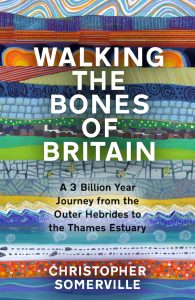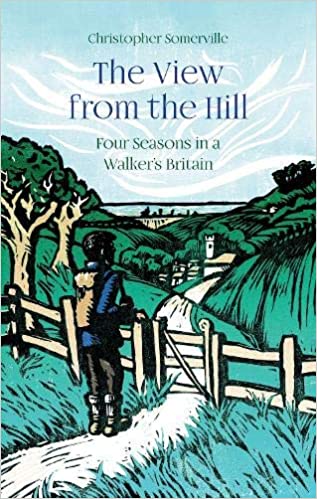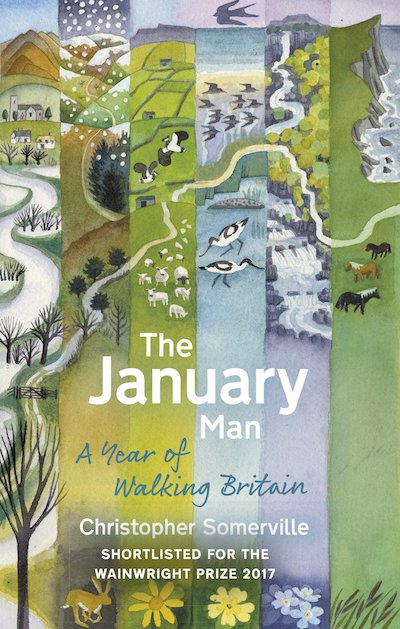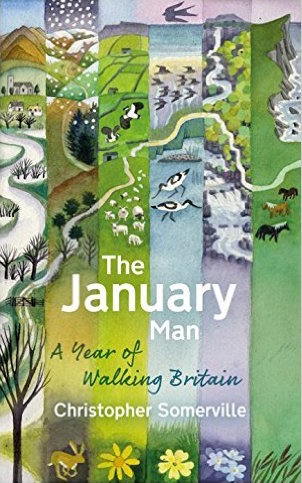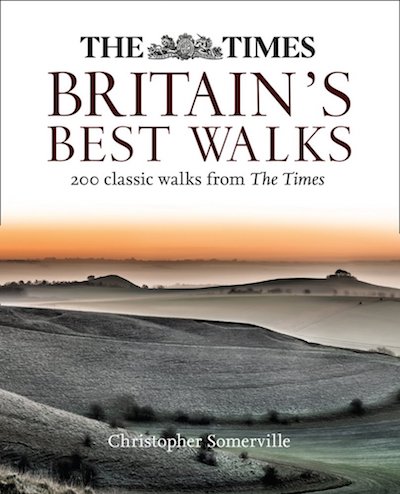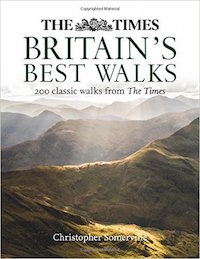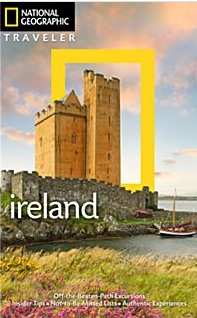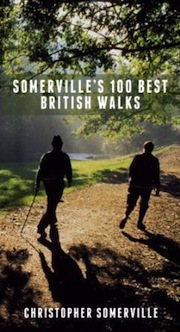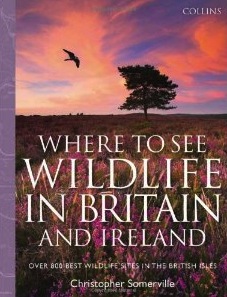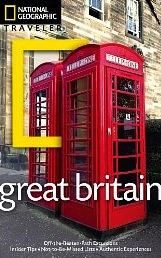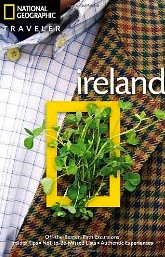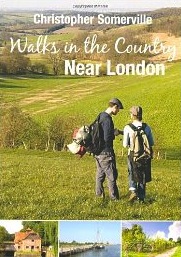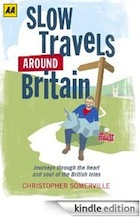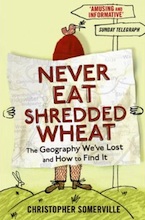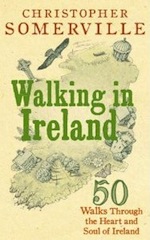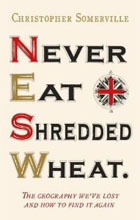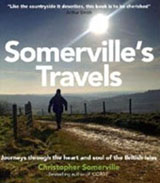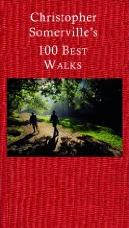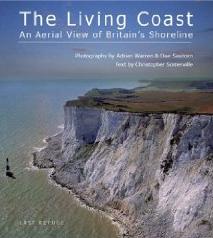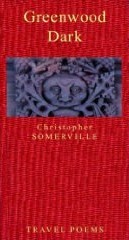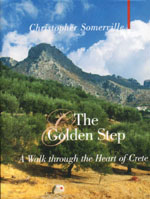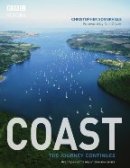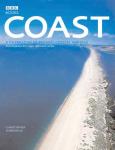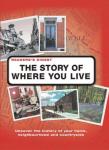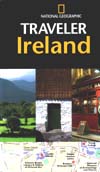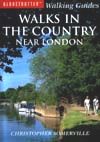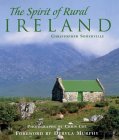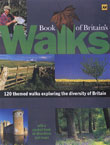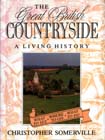Geologists say the Devil’s Punch Bowl is the sandstone roof of a giant cavern that collapsed after springs had hollowed it out; folklorists that it’s the imprint of the Prince of Evil’s arse when he landed there after a mighty jump from the Devil’s Dyke near Brighton.
First published in: The Times Click here to view a map for this walk in a new window








Facebook Link:
Whatever its origin, this great green hollow in the Surrey Hills is packed with wildlife – slow-worms and lizards, butterflies and beetles, flowers and trees. We followed a path down under silver birches, through a boggy green dell and on across heathland of ling and bell heather gleaming purple in the strong midday sunlight.
A short climb to the tip of the Punch Bowl and we were walking the A3 London-Portsmouth trunk road – not the modern version, which has been buried far underground in twin tunnels since 2011, but the old road that was left abandoned. Where single-file traffic once queued and fumed, a wide green pathway now sweeps round the rim of the Devil’s Punch Bowl, subtly landscaped, edged with silvery grasses and wild flowers. Common blue butterflies opened their gorgeous wings to the sun, and a pair of clouded yellows enacted a crazy chase as we strolled the grass-grown track.
Just above the abandoned road runs another, an ancient highway that once linked the capital with the Royal Navy’s home port of Portsmouth. On a September day in 1786 three ruthless rogues murdered a sailor here for the price of his clothes. We found a memorial stone beside the track ‘erected in detestation of a barbarous Murder’, its reverse face bearing a faded inscription calling down a curse on anyone ‘who injureth or removeth this Stone.’
On Gibbet Hill nearby the three malefactors were hung in chains for all to see. It’s a haunted place, and a sensationally beautiful one, with a view that stretches out across the Sussex Weald from the South Downs to the ghostly towers of London 40 miles off. We sat to take it all in, then followed the National Trust’s ‘Hidden Hindhead’ walk through woods of oak and sweet chestnut coppice, up hollow chalk ways under bulbous pollarded beeches filtering green light, and back across an open heath where the wind was sweetened with pine resin and our finger ends grew purple with the juice of ripe little bilberries.
Start: Devil’s Punch Bowl car park, Hindhead, Surrey, GU26 6AG (OS ref SU 890358)
Getting there: Bus – Stagecoach (stagecoachbus.com) service 18, 19 (Aldershot-Haslemere)
Road – A3 or A287 to Hindhead; car park signed in village
Walk (5 miles, easy, OS Explorer 133. NB: Online map, more walks at christophersomerville.co.uk): From car park walk to viewpoint; right (‘Hidden Hindhead’/HH fingerpost). In 150m fork left through gate; immediately left (892358) down track into Devil’s Punch Bowl. In 350m, right (891361, yellow arrow/YA on post) down to cross stream (892363). Up slope, follow YAs across heath. In 250m go over path crossing (894364). In 400m, through kissing gate beside road on left (895367); right on gravel path to former A3; right along old road (896366) at lip of Devil’s Punch Bowl.
In 650m, on right bend, left (898360) up track through trees to cycle track; right for 300m to Sailor’s Stone (897358) on right. Return for 100m; right (‘Sailor’s Stroll’); follow cross symbol to Gibbet Hill viewpoint (900359). From here follow HH for 2½ miles back to car park.
Lunch: NT café, Devil’s Punch Bowl
Hidden Hindhead Walk and local info downloadable at nationaltrust.org.uk
Accommodation: Devil’s Punch Bowl Hotel, Hindhead GU26 6AG (01428-606565; devilspunchbowlhotel.co.uk)
Information: Guildford TIC (014983-444333);
visitsurrey.com; visitengland.com;
www.satmap.com; www.LogMyTrip.co.uk

































